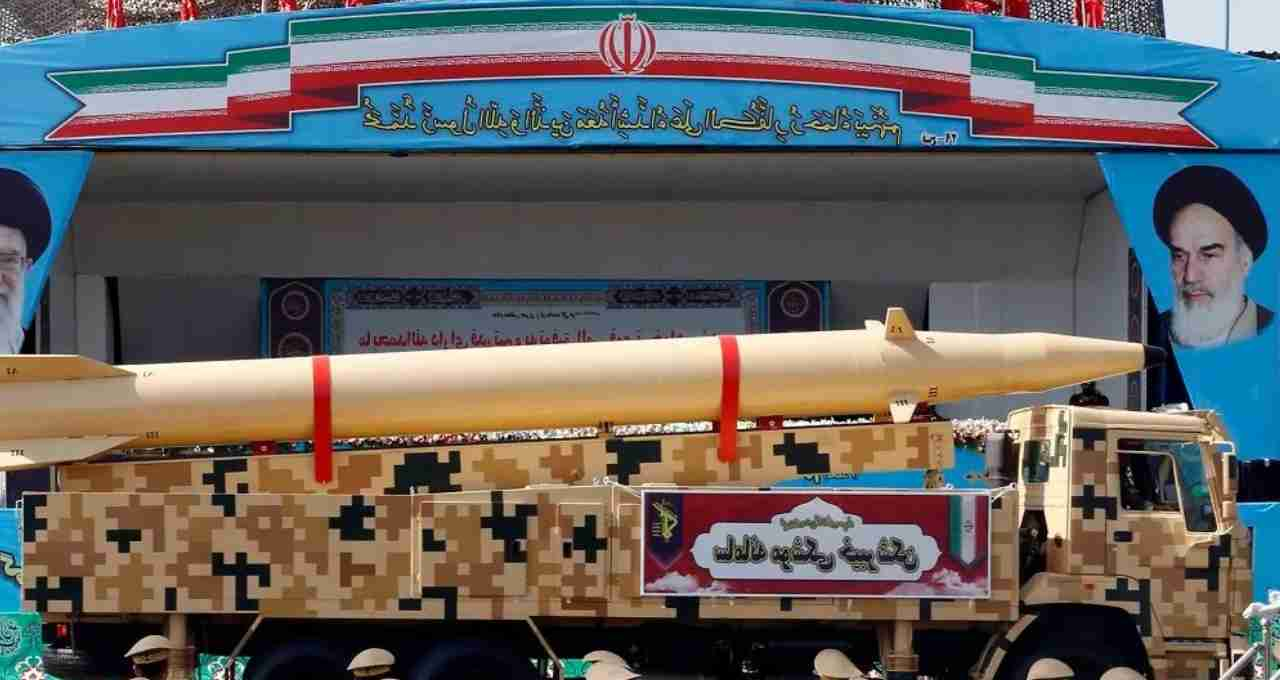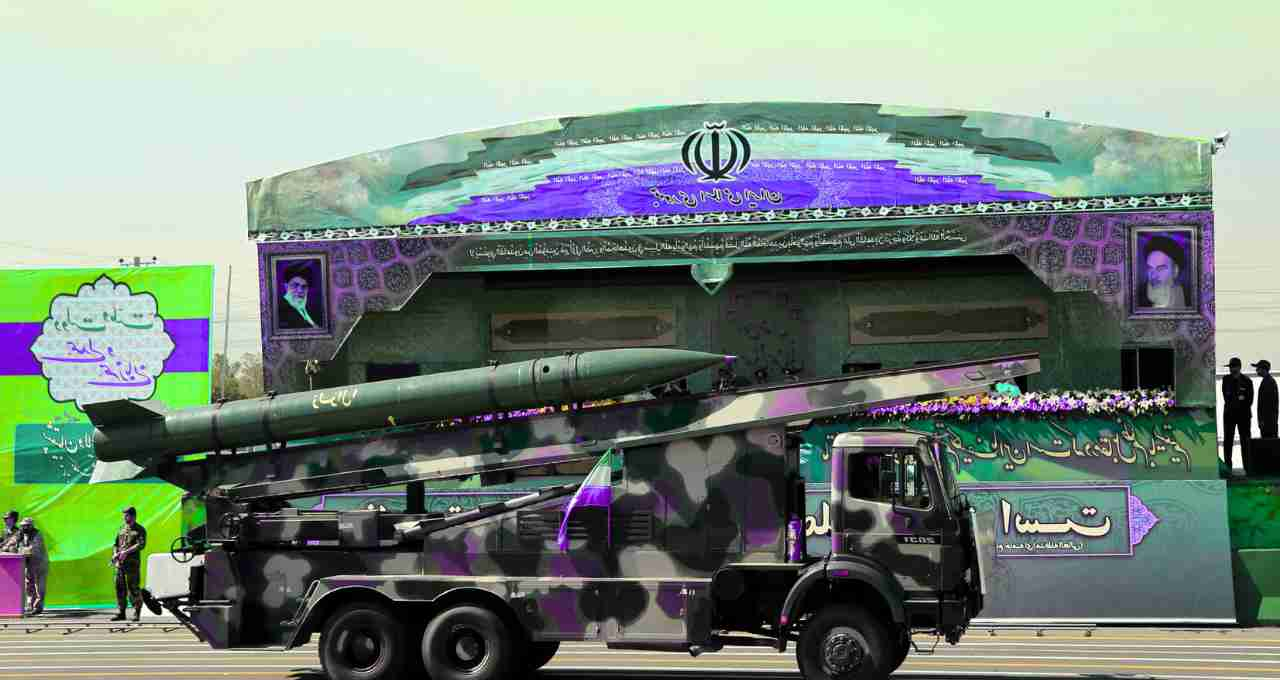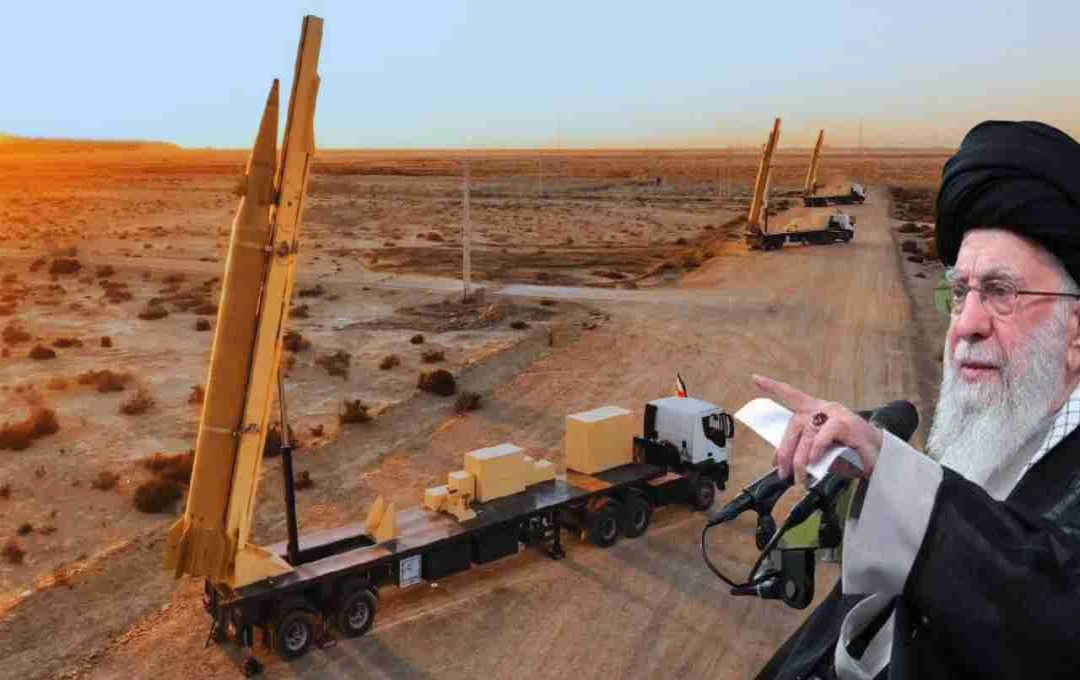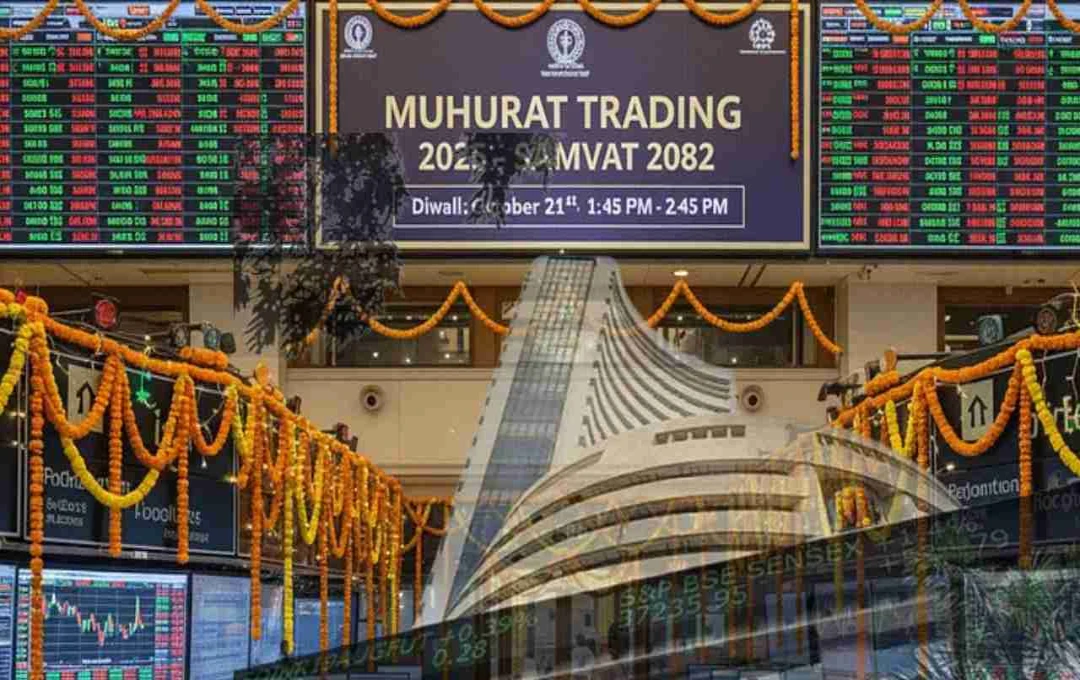Iran has once again drawn global attention by showcasing its military strength. This time, its new ballistic missile, 'Qasem Basir,' is the center of discussion. This medium-range missile presents a new challenge to countries like the United States and Israel. Its unique feature is its ability to strike up to 1200 kilometers and is considered capable of evading the US's advanced missile defense systems.
Missile Named After General Qasem Soleimani
Iran has named this missile after its former military commander, General Qasem Soleimani. Soleimani was the head of Iran's Quds Force and was killed in a US drone strike near Baghdad airport in 2020. He is remembered as a hero in the country. By naming the missile 'Qasem Basir,' Iran has attempted to convey the message that Soleimani's legacy and military philosophy are still part of the country's strategic thinking.
Equipped with Solid Fuel and a Two-Stage Engine

The 'Qasem Basir' missile is powered by a two-stage solid fuel engine. This means that it takes very little time to prepare and launch. This missile can also be stored for a long time and can be fired immediately when needed.
Its two-stage engine gives it the ability to reach altitude in the first stage and then rapidly approach the target in the second stage. This technology increases the chances of a more lethal and accurate strike compared to traditional missiles.
Can Target Lock Without GPS
The biggest technological achievement of this missile is its electro-optical infrared seeker, which works with an Inertial Navigation System (INS). This system does not depend on the GPS system. This means that even if the enemy jams GPS, the missile can still identify the target.
In addition, its MaRV (Maneuverable Reentry Vehicle), or the part that changes direction near the target, makes it even more lethal. It changes direction in the final stage, bypassing the enemy's defenses, which can cause US systems like THAAD and Patriot to fail to intercept it.
Accurate in Electronic Warfare as Well
The Qasem Basir has been specifically designed to accurately hit targets even in electronic warfare situations, i.e., e-communications and jamming. This means that the missile can attack sensitive locations like airbases, military command centers, and power plants without fail.
Launcher System Looks Like a Regular Truck
Another special feature of this missile is its launcher system. It looks so ordinary and like a civilian truck that it becomes difficult for the enemy to identify it. Moreover, it is a mobile system, meaning it can be taken anywhere and launched.
This gives Iran a strategic advantage because it is not easy to identify it in the enemy's satellite surveillance or aerial patrols.
Capable of Industrial-Scale Production

The modular design of the missile makes it suitable for large-scale production. This means that Iran can produce it on a large scale if needed. This is considered a feature that impacts the strategic balance because it allows for the creation of not just one missile but an entire strategic missile force.
Increased Activity in the United States and Israel
This new missile from Iran has caused turmoil in the United States and Israel. Especially at a time when the Middle East is already grappling with conflicts and instability, this new strength of Iran has become a security challenge for both countries. Recently, the US handed over a second THAAD battery to Israel, also under this apprehension, to prevent a potential Iranian attack.
Impact on New Military Strategy in the Middle East
This missile from Iran has become a symbol of its increasing technological capabilities. Where the US and its allies have relied on missile defense systems so far, they may now have to re-evaluate their strategies. This missile, not alone, but has the potential to affect the balance of power in the entire region.
In the already tense situation in the Middle East, the deployment of 'Qasem Basir' can prove to be a turning point. It has the power to change regional equations not only militarily but also politically.
Next Generation Missile After Martyr Haj Qasem
This missile is actually considered to be the next generation of the 'Shahid Haj Qasem' missile launched in 2020. However, it is far more advanced in terms of technology and range. Its efficiency, target acquisition capabilities, and launching technology place it in the category of modern warfare technology.














